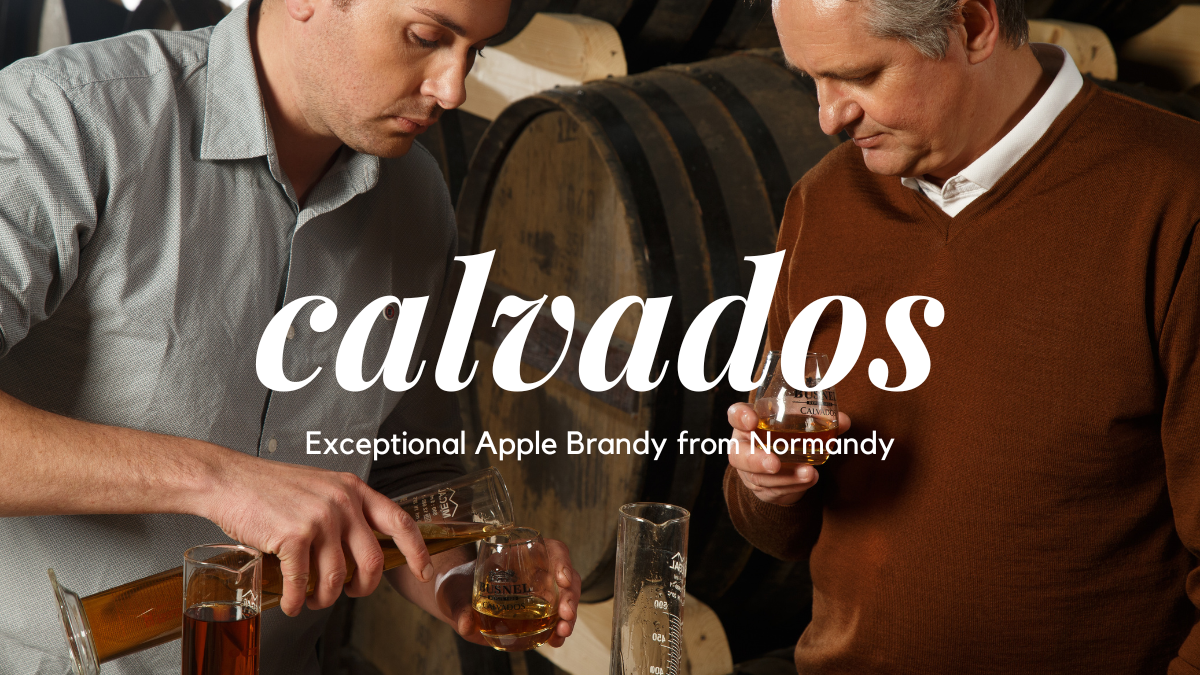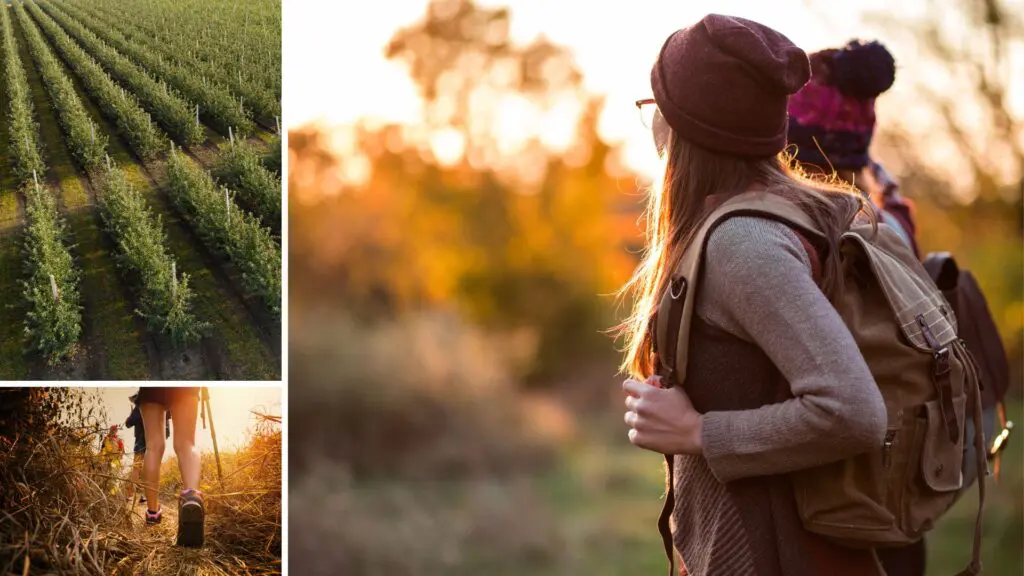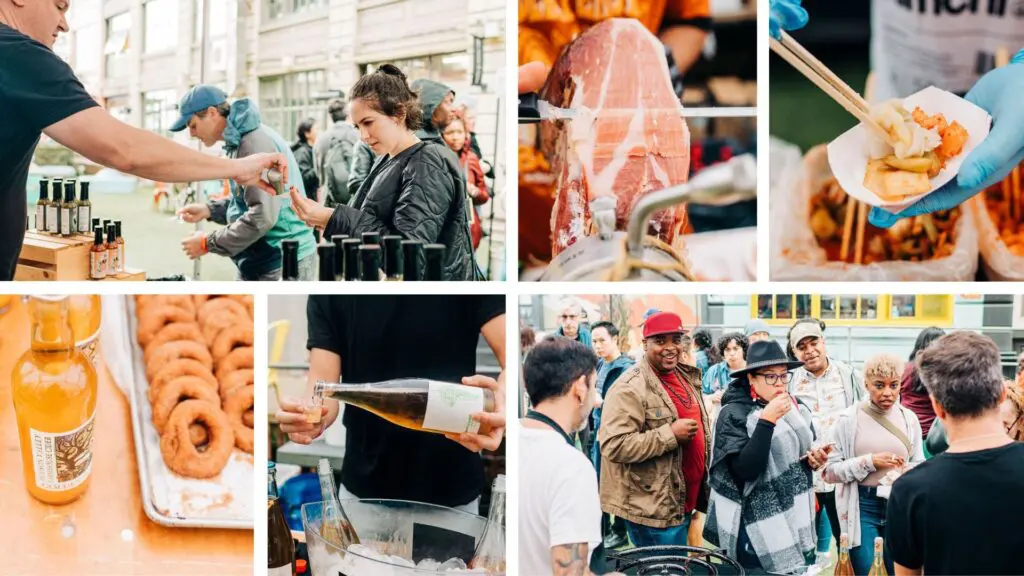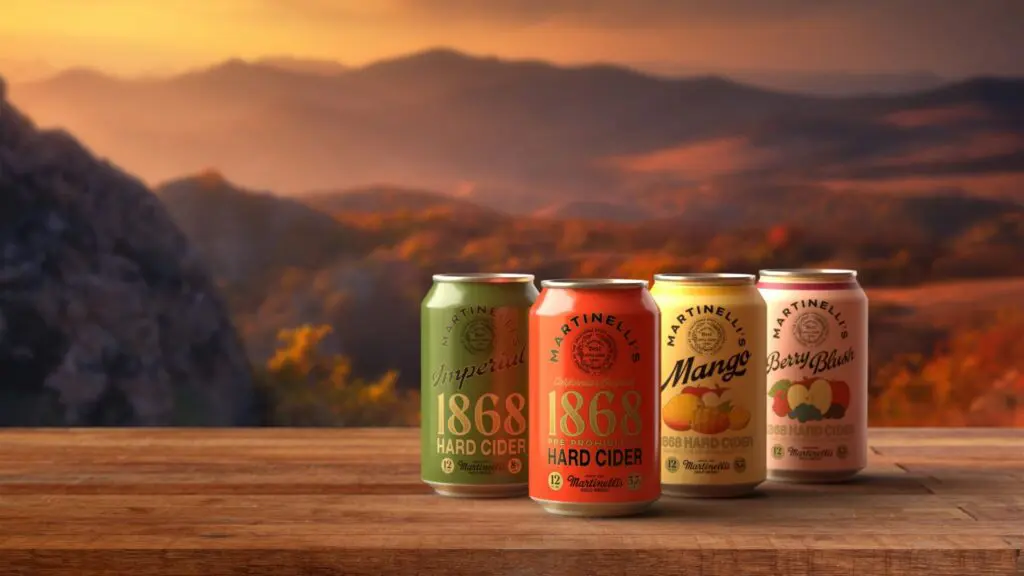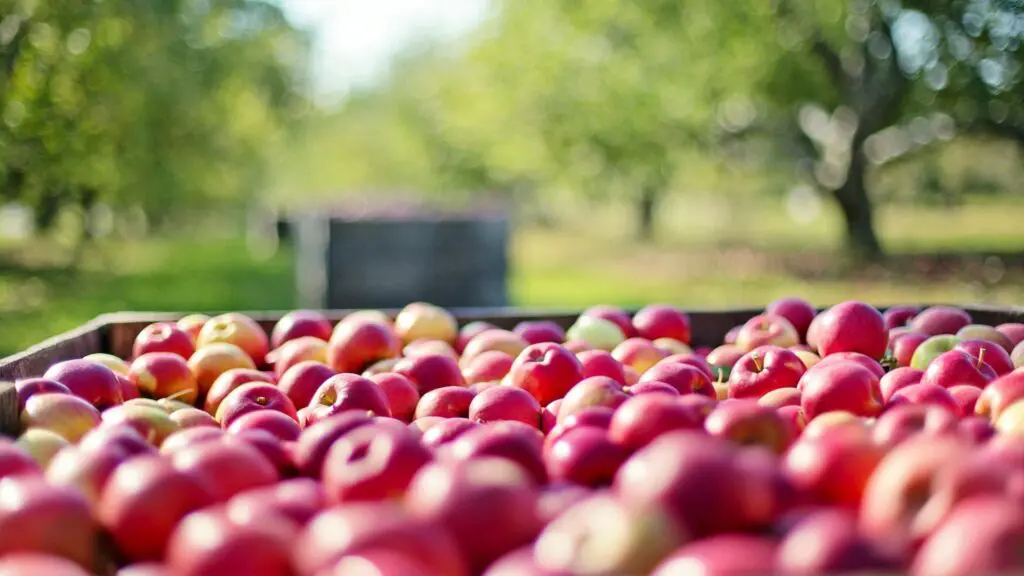The old trope, an apple a day keeps the doctor away, might actually mean something in Normandy, France. Here, in France’s apple-growing region, they make elegant brandy called Calvados. Calva, as the locals call it, starts with choosing the most suitable apples among the 800 or so varieties. Fermentation, distillation and aging in oak barrels transform cider into smooth brandy. Calvados has a much higher alcohol content than cider.
From Cider to Calvados
Producers use four types of apples when making Calvados — sweet, bittersweet, bitter and bitter sharp. They crush and press the fruit to extract the juice and then store the content for a few months. It’s a slow process that allows fermentation. The result, cider with an alcohol content of around 4.5% ABV, is now ready for distillation.

Distillation
Distillation separates the water content from the alcohol. Depending on the production area, cider will be processed in either single or double distillation. Copper pot stills are ideal for distillation, which are most commonly used by producers in Normandy.
A copper pot still has three essential parts: the cider heater, the boiler and the condenser. At Busnel Distillery, one of the largest traditional distilleries in the region, both single and double distillation methods are used.
Single distillation has the advantage of being fast and working continuously. Bénédicte Baude-Vattier, from Busnel Distillery, explains double distillation using a copper pot still.
“We put cider into the cider heater, which is directly sent into the boiler. The cider is heated between 80° and 100° Celcius, so the cider becomes alcohol vapor,” says Baude-Vattier. “The alcohol vapors then go to the condenser, which will reduce the gas. With cold water, the vapors become liquid, and after six hours of distillation, there is a first liquid from the still. This we call brouillis, a raw spirit with about 30% alcohol.
From there, Baude-Vattier puts the brouillis into another pot still and repeats the process for 12 hours. Ultimately, the result is the eau de vie — water of life — at 70% ABV.
Maturing and Blending
With an alcohol content of around 70%, the spirit is now stored in oak barrels and left to mature slowly and develop its unique taste. Young Calvados stored in cool cellars for a couple of years will be fruity, but a 12-year-old will be more complex. It’s now up to the skillful cellar master to get that perfect balance. He may blend with other eaux de vie for more taste, aroma and perhaps more color.
AOC standards
Like most French wines, Calvados is regulated by Appellation d’Origine Contrôlée (Controlled Designation of Origin), or AOC. This means the fruit must come only from orchards in Normandy, and the Calvados must be produced in Normandy. Even the oak containers are rigorously controlled. AOC on the label guarantees that the Calvados has been transformed in a determined geographic area. These measures ensure high quality and conformity, ensuring the tradition of Calvados.
Enjoying Calvados
Traditionally, this brandy is an after-dinner drink, a digestif, especially with older superior quality Calvados.
A delightful custom is a tradition of serving a shot of Calvados or a Calvados-soaked apple sorbet in the middle of a long formal meal. Called le trou Normand, literally the Norman hole, it supposedly stimulates the appetite for the following courses.
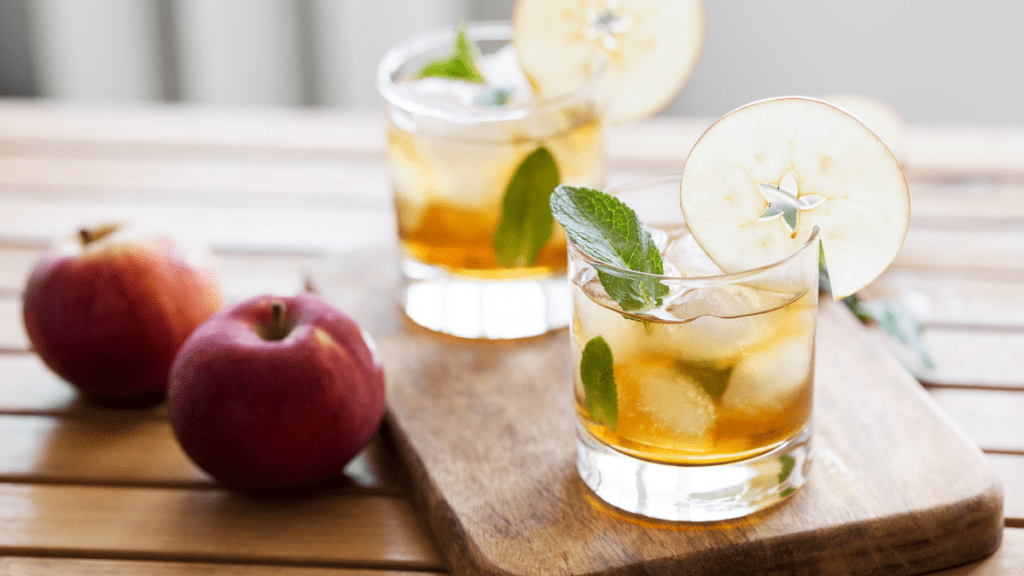
And as a cocktail?
Here are a few fun single-serving cocktails to prepare at home.
Calvados and Tonic
Consider this refreshing drink instead of the classic gin and tonic.
30ml Calvados
70ml tonic water
Add Calvados and tonic to an ice-filled glass. Combine and top with a slice of lime, lime or apple.
Apple Mojito
Another apple-based twist on a classic.
40ml Calvados
½ lime, cut into quarters
10ml cane sugar
8 mint leaves
80ml ginger ale
Crushed ice
Crush the mint leaves with the lime and cane sugar. Add the crushed ice and complete with the ginger ale.
Feature image Courtesy David Morganti

